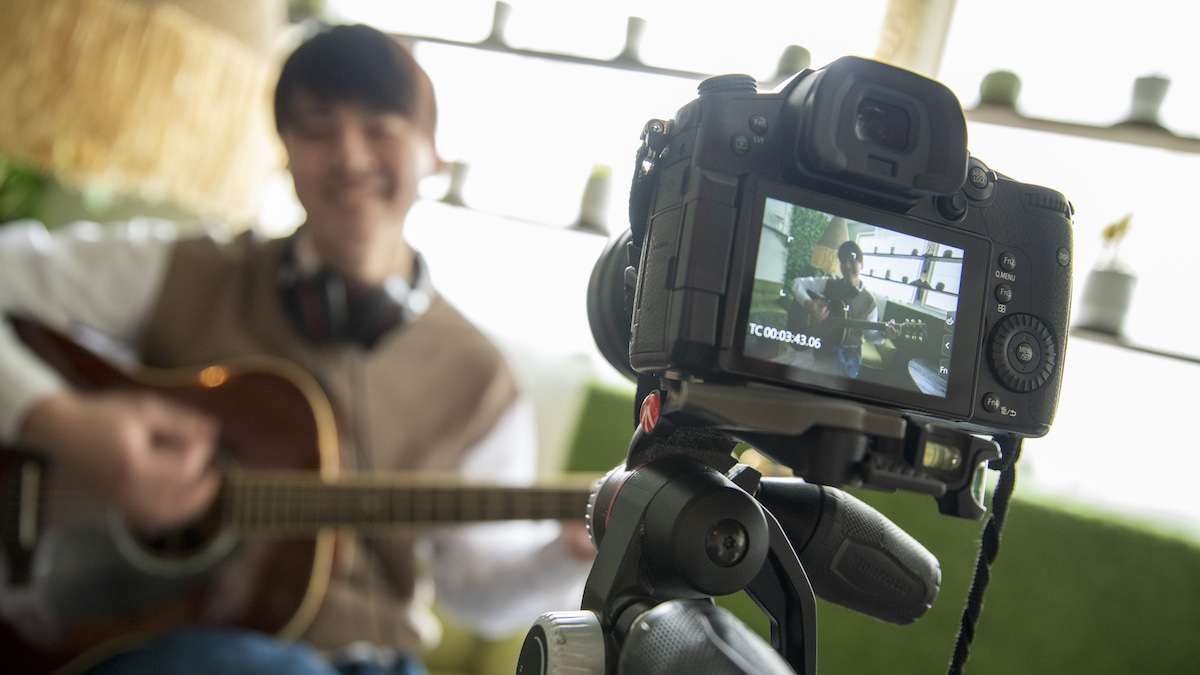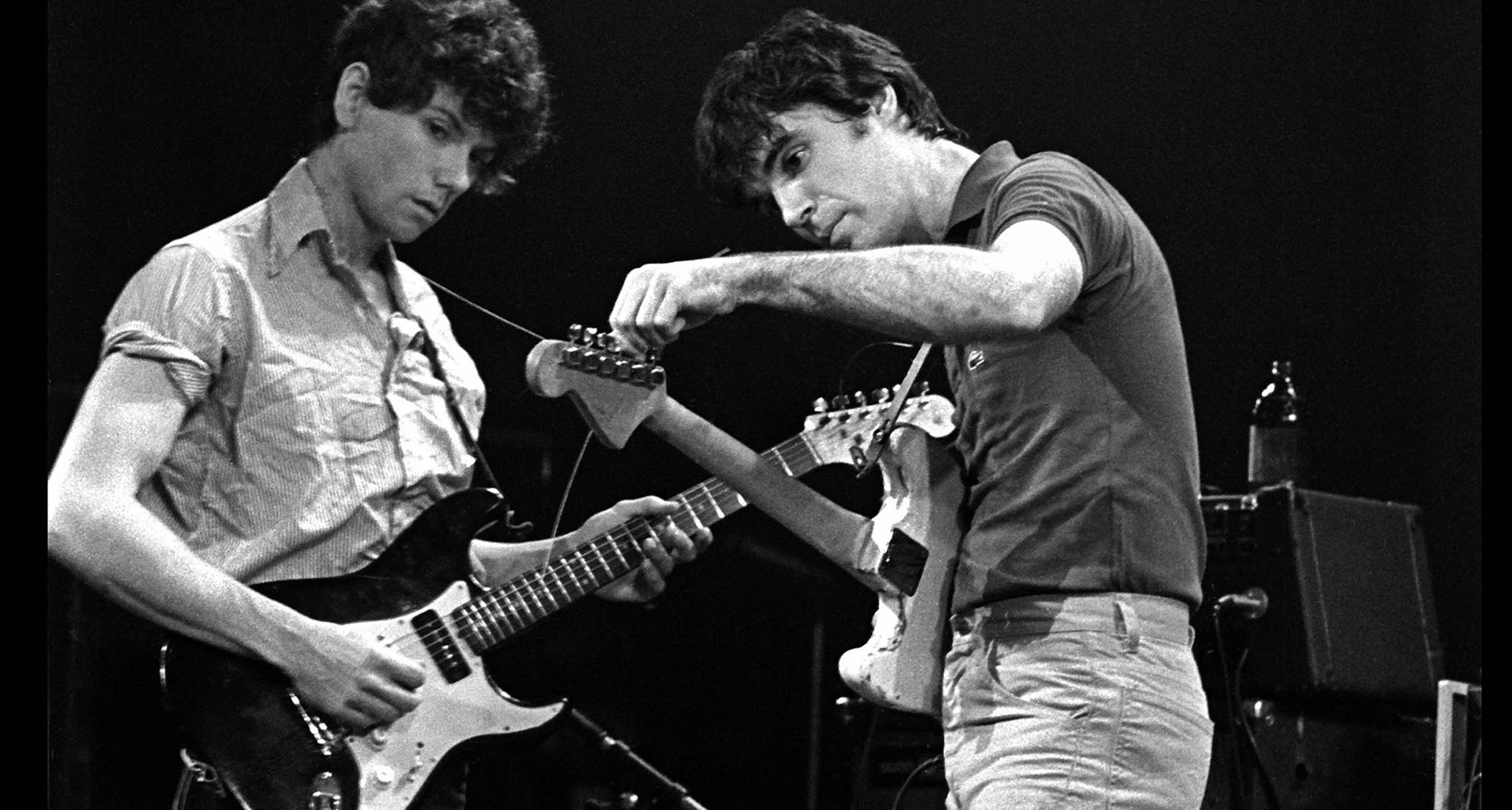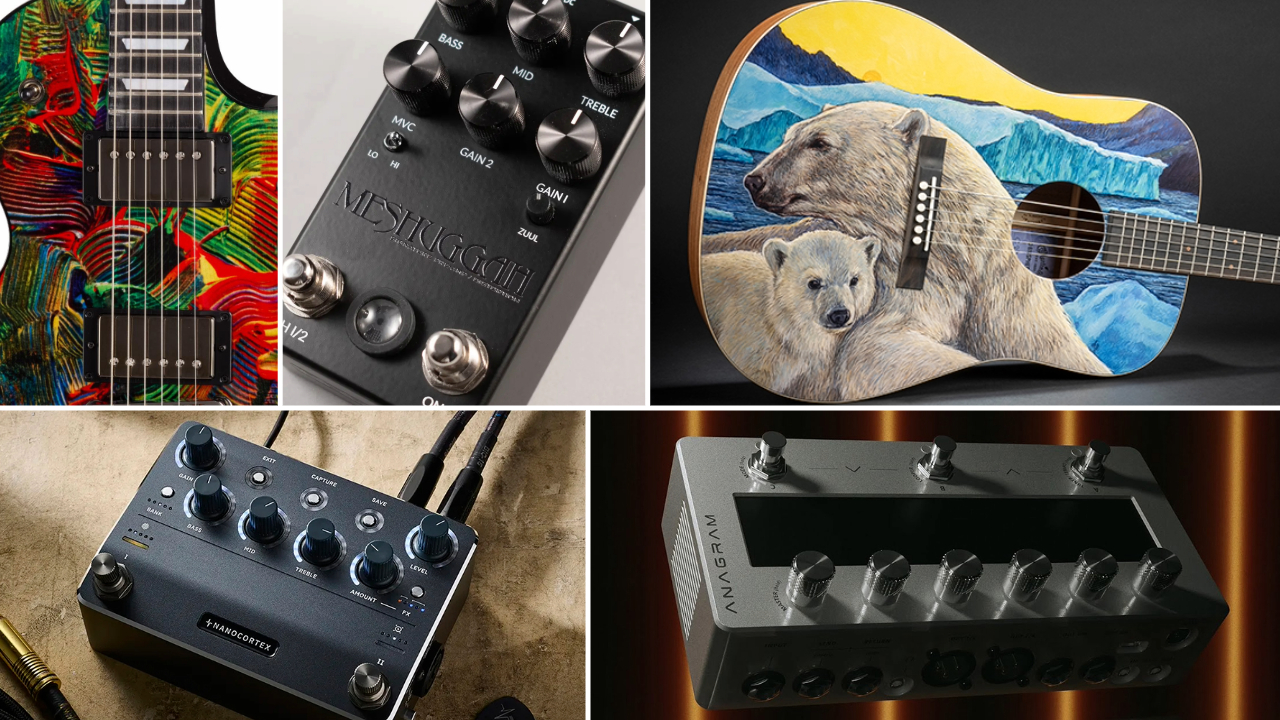“The Charvel is something Mike had at the house. The idea was to be able to cover pads, synth sounds and faux acoustic sounds”: From Raphael Saadiq to Mk.gee, Andrew Aged is on a quest for guitar reinvention – one guitar mod and off-kilter pedal at a time
After honing his craft studying jazz and improvisation, cutting his teeth sessioning for names like Robin Thicke and FKA Twigs, and creating alternative R&B with his brother under the moniker Inc. No World, Aged is currently making waves as Mk.gee's go-to guitarist – and is now more than ready to step out on his own
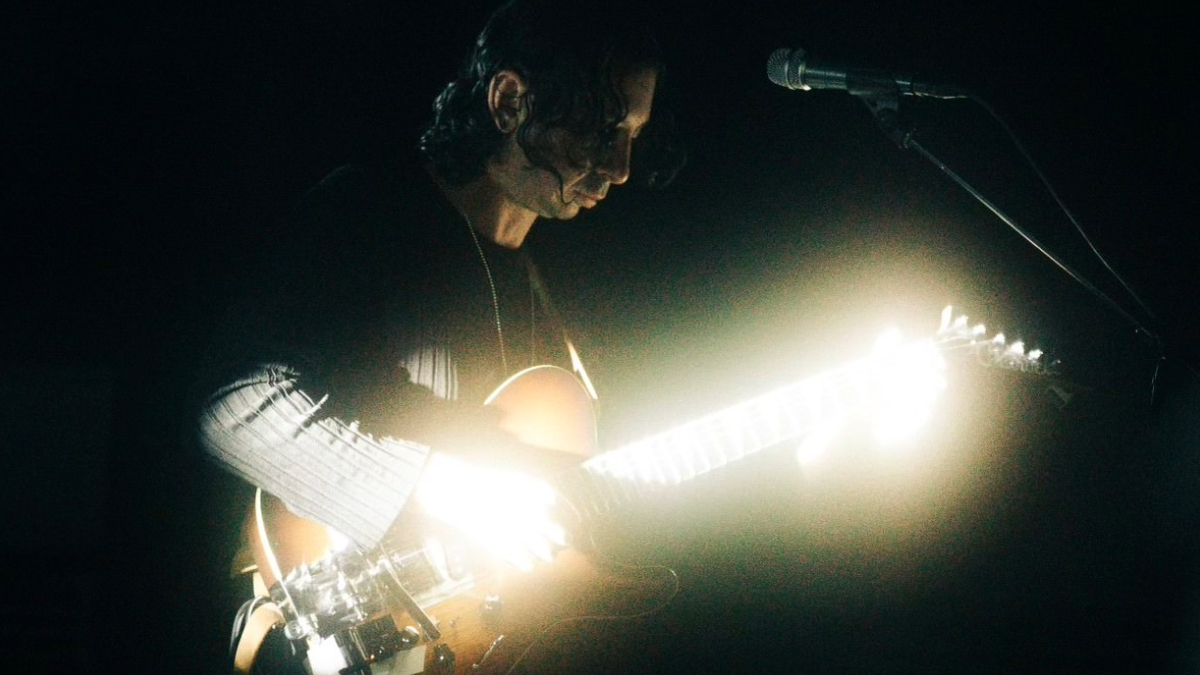
One fine morning, Team GW spotted a mysteriously-spec’d Charvel on SNL, which, for guitar aficionados like us, scratched an itch – and led us to track down the player wielding this left-field guitar while accompanying one of the most talked-about guitar acts of 2024: Mk.gee.
Lo and behold, our search engine rabbit holes led us to Andrew Aged, who, in his own words, describes his role within the Michael Gordon a.k.a. Mk.gee universe as “co-soldier on a mission – a friend and a brother.”
However, his appearance on SNL and work with Mk.gee are far from his maiden voyage. Aged cut his teeth touring and sessioning with Raphael Saadiq and FKA Twigs, to name a mere few – while, together with his brother Daniel, under the moniker Inc. No World, the guitarist/producer crafts slow-burn alternative R&B, encapsulated in 2013’s 4AD-backed no world and its follow-up, As Light As Light.
“This project is an outflow of something we had been doing since our early teens,” Aged explains. “We were always playing together, recording, and finding new sounds. I think we got to a point where we felt like a clear sound and vision was starting to happen.
“At the time, I think we felt like we were in two worlds and wanted to bridge them – or have them play against each other sonically and culturally. It was probably influenced by our session work and also reactionary to it at the same time. And yes, there will be more. In the works now.”
Can you take us back to the moment you first picked up the guitar?
“My first guitar was a Harmony of some sort – Strat style – when I was about 11. I was doing sports at the time, not very well though. I saw a guitar store across from the baseball field and felt drawn to it.
Get The Pick Newsletter
All the latest guitar news, interviews, lessons, reviews, deals and more, direct to your inbox!
“My main inspiration early on was the local guys I saw playing in my hometown of Monterey [California]. From there it was first grunge, Nirvana-type stuff, until I really found gospel/R&B and then that was it for me.”
How did your studies in jazz and improvisation at the University of Southern California build the foundation for your current playing style?
“I would say – thinking in terms of melody, approaching music as language and ideas, phrases, and dialog, and certain harmonic structures that come from that world – appeal to me.”
One of your tutors and mentors was the late Joe Diorio [the jazz guitarist who performed with Sonny Stitt, Stan Getz, and Pat Metheny, to name a few]. Was there any particular advice he gave you that you still cherish or implement to this day?
“He didn’t say much. We would just sit down and play, but his approach and character definitely left a mark. He was all about breaking habits and patterns – and encouraging me instead to think in terms of musical gestures and raw ideas rather than things I had worked out. To take risks. He was a legend. You could feel the history when he played. It had weight to it.”
You’ve gained ample experience in the session world – playing with artists like Robin Thicke and Raphael Saadiq, among others. What would you say has been the most impactful experience thus far?
“I think being around the influence of gospel players that carry an anointing. Going to a few gospel sheds back then definitely impacted and humbled me. And just being in studio environments on that level.”
With Inc. No World, you primarily recorded using your Fender Strat. However, in your recent work with Mk.gee, you’re seen wielding a heavily modded Charvel. What inspired the change?
“I was mostly playing Strats and Telecasters of some sort. But Mike had the Charvel before our tour and we modded it a bit and I used it for that tour and kept playing it. It’s now home base for me. I’m still very into the Supertele/Superstrat feel and am building a custom one now.”
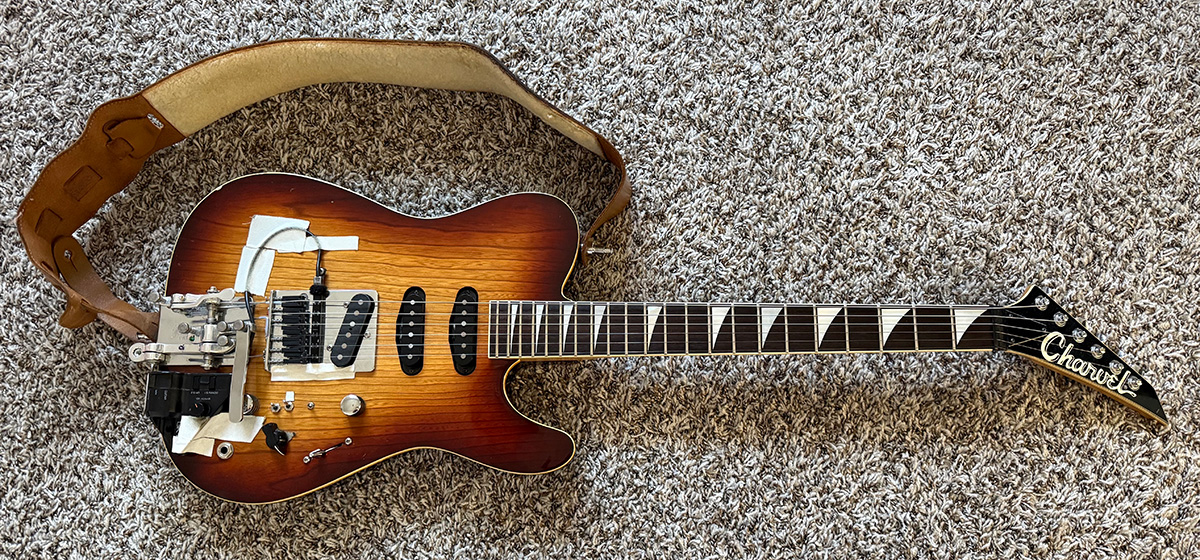
“The Charvel is something Mike had at the house. It came with some mods and we added some things. The idea was to be able to cover pads, synth sounds, and some faux acoustic sounds.
“Three single coil pickups, piezo pickup, G-bender, and GK-2A for synth setup. It’s the piezo coupled with the synth sound that I use a lot, and the G-bender which gives a pedal steel-like sound. The main thing is that I have three signals being blended together.”
What’s the extent of your involvement with Mk.gee’s music?
“Well, as far as I see it, it's Mike's world that he’s building and I’m grateful to serve and build with him. It’s iron sharpening iron, and he’s caused me to dream and fight in a new way. I guess practically it’s being a collaborator in whatever way is needed.
“We write pretty quickly. Mostly, we just play and songs emerge. I think the main thing is playing like it means something. Especially live. Nothing is taken for granted. We go out with a prayer like it’s war.
“Tonally, there are a few roles, Synth/pads, acoustics to arena rock-like sounds at times – all DI. In a lot of ways, it was a bit of trolling the whole thing of what a live show is supposed to be. It was ambitious – doing the power trio with the two guitars and DJ. The way we approach it, it’s a bit of theater. It’s really the attitude that makes it work.”
Can you reveal some of the pedals you’re using on the road with Mk.gee that are integral to the overall sound?
“Right now, I’m setting up a rack-type setup – but during the last run, there was: Chase Bliss Mood, and the Benson Portastudio prototype is my main fuzz/gain. MXNLHLT 424 – I use this as a super bright EQ/limiter, Free The Tone verb, [Boss] Slow Gear-type pedal, [and] Eventide TriceraChorus.”
In a lot of ways, it was a bit of trolling the whole thing of what a live show is supposed to be. It was ambitious doing the power trio with the two guitars and DJ.
Do you see yourself as a producer or a guitarist first?
“Artist and servant above all. The instrument and production are tools to convey the message.”
And what’s one piece of guitar gear you absolutely can’t live without – and why?
“Honestly, I'm good to rock with anything. Been enjoying the simplicity of acoustic guitar lately. I like it all.”
What are you looking forward to musically, what can we expect in the future?
“Finishing up a solo record with some help from Mike, Zack [Sekoff, who runs drums, bass, and samples for Mk.gee], my brother, and other friends.”
Janelle is a staff writer at GuitarWorld.com. After a long stint in classical music, Janelle discovered the joys of playing guitar in dingy venues at the age of 13 and has never looked back. Janelle has written extensively about the intersection of music and technology, and how this is shaping the future of the music industry. She also had the pleasure of interviewing Dream Wife, K.Flay, Yīn Yīn, and Black Honey, among others. When she's not writing, you'll find her creating layers of delicious audio lasagna with her art-rock/psych-punk band ĠENN.
You must confirm your public display name before commenting
Please logout and then login again, you will then be prompted to enter your display name.
“I loved working with David Gilmour… but that was an uneasy collaboration”: Pete Townshend admits he’s not a natural collaborator – even with bandmates and fellow guitar heroes
“This guy kept calling saying, ‘I’ve never been in a band before, but I’m the best guitarist ever.’ When I heard him play it was like a fire from heaven”: The life and times of Killing Joke visionary Geordie Walker – the guitar hero’s guitar hero



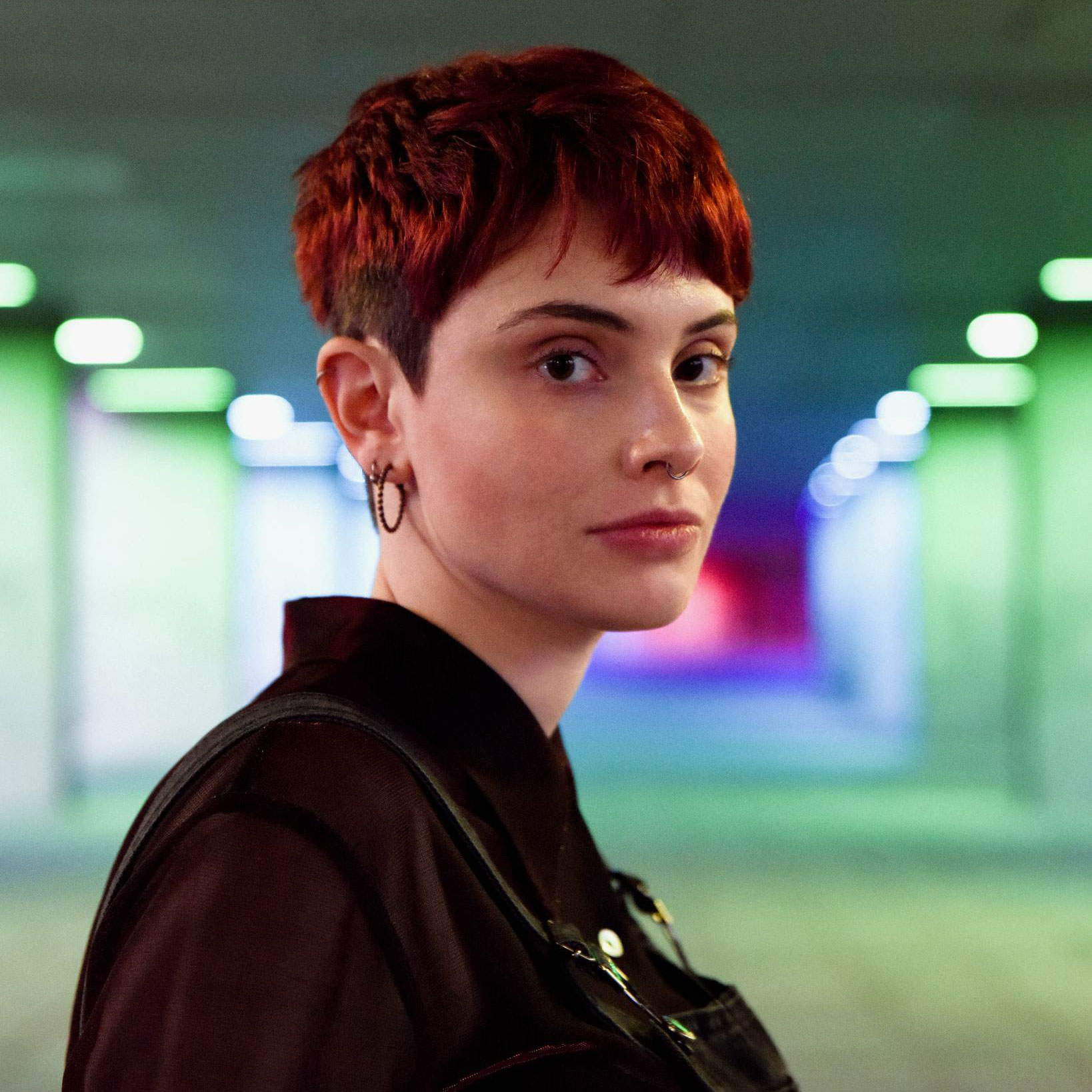
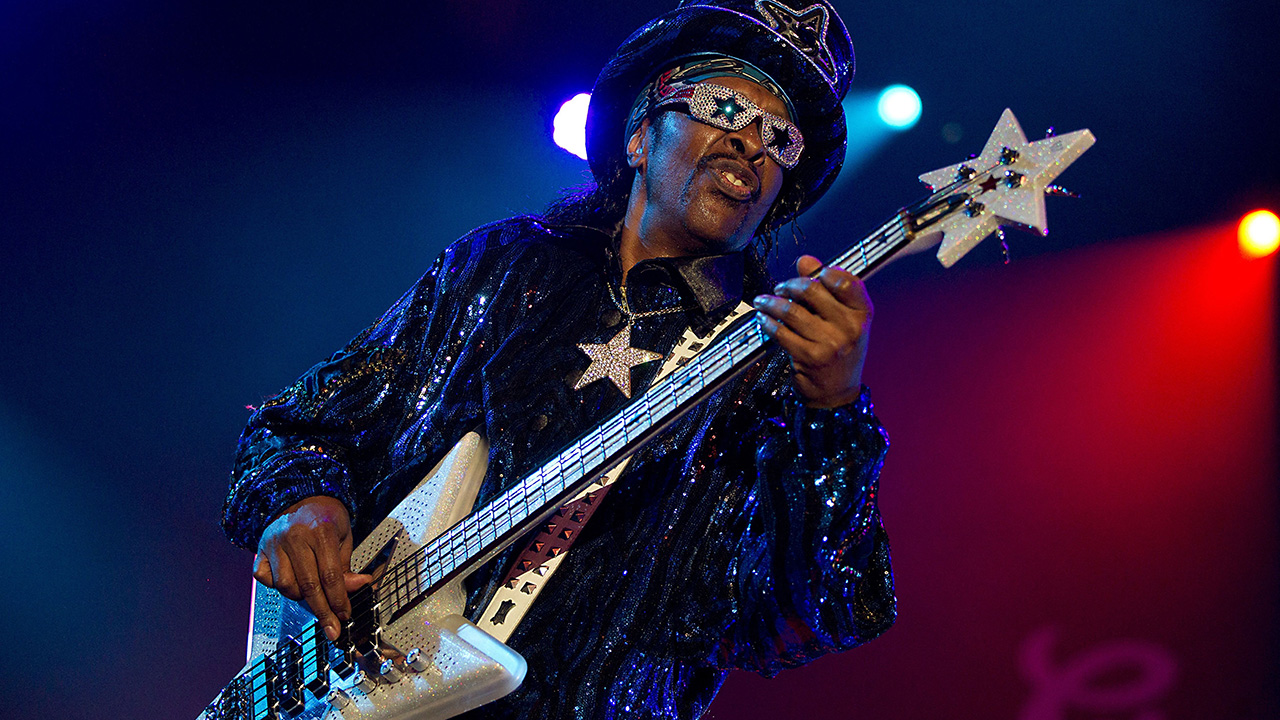
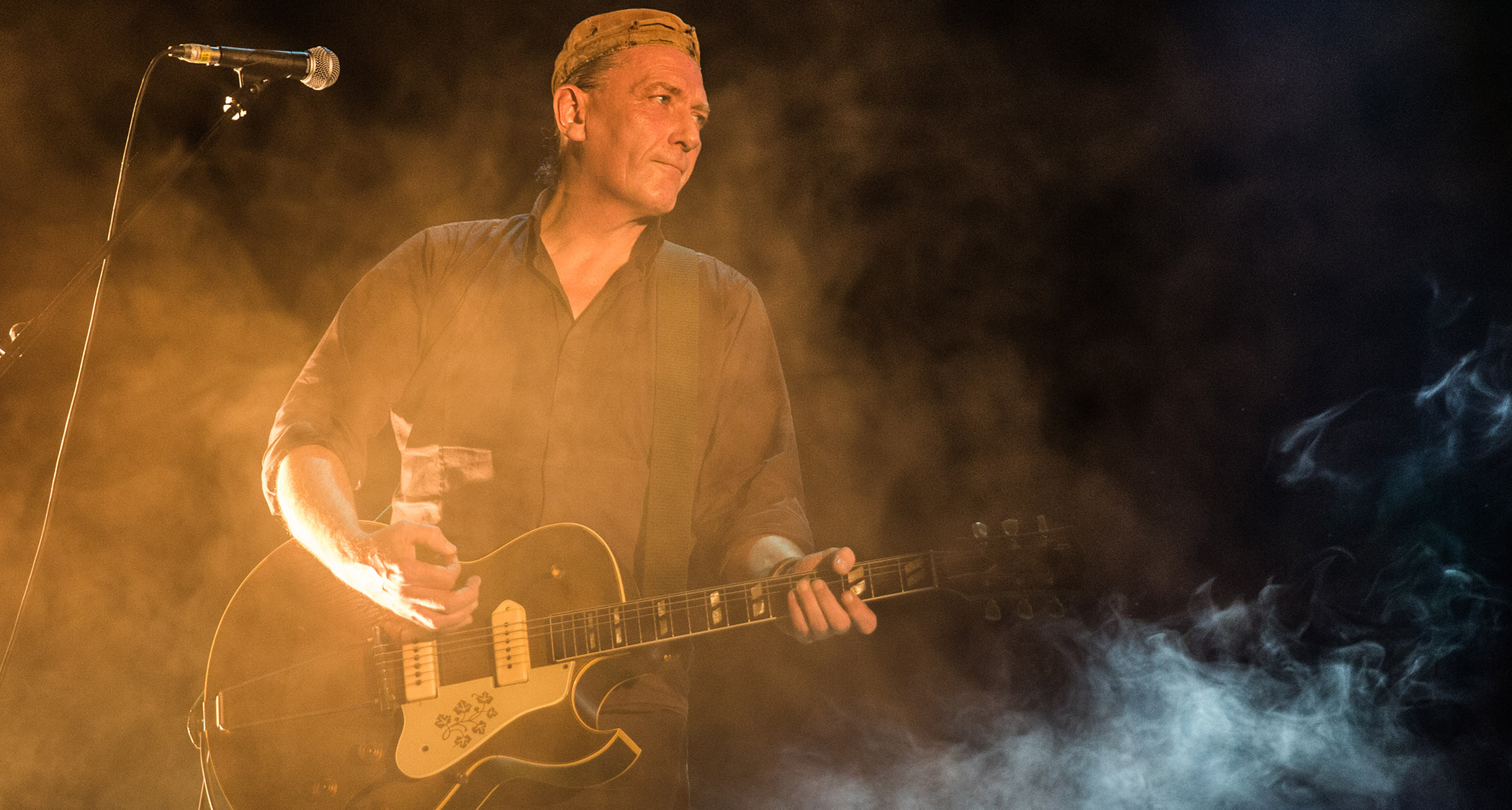
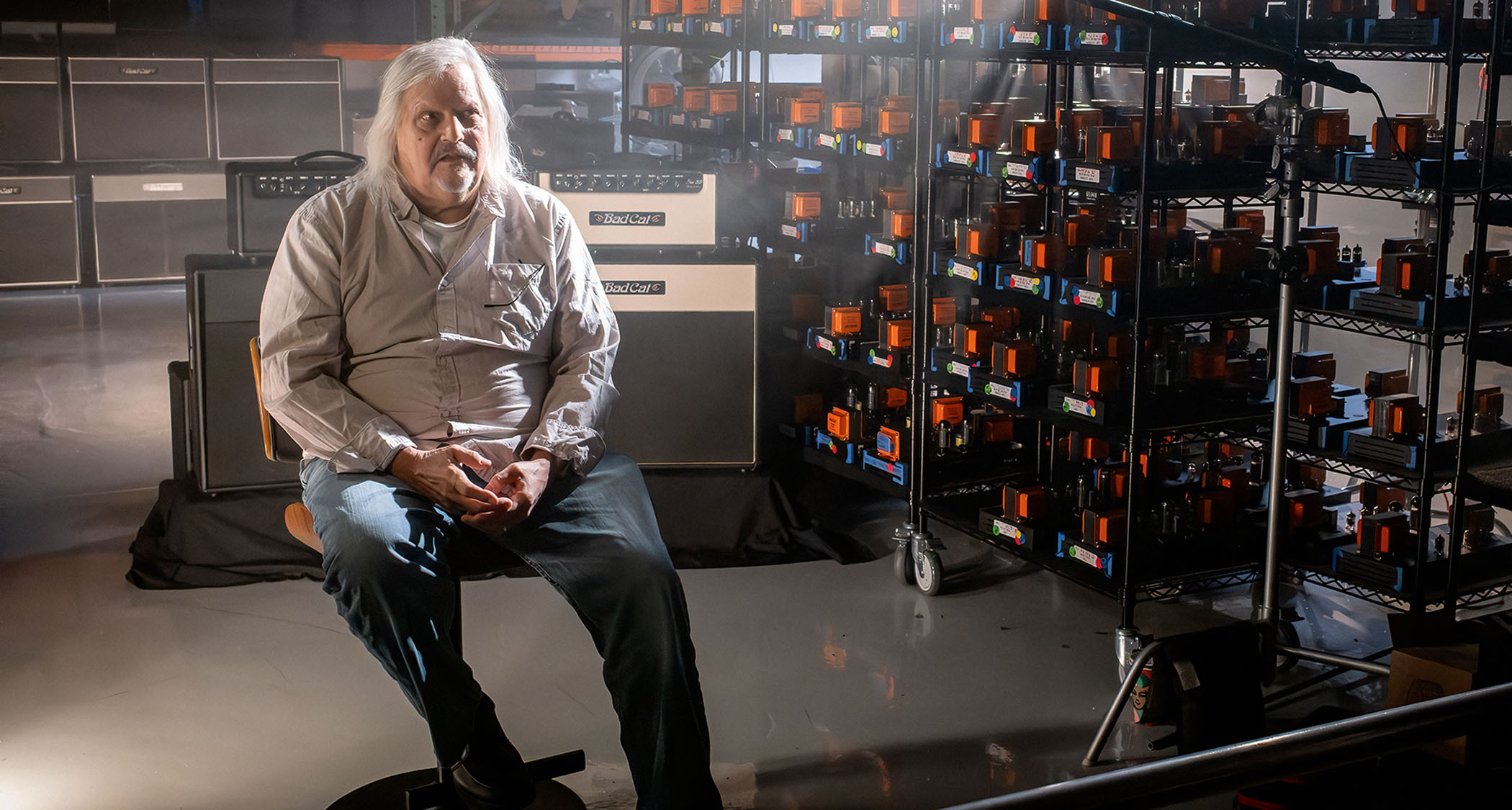
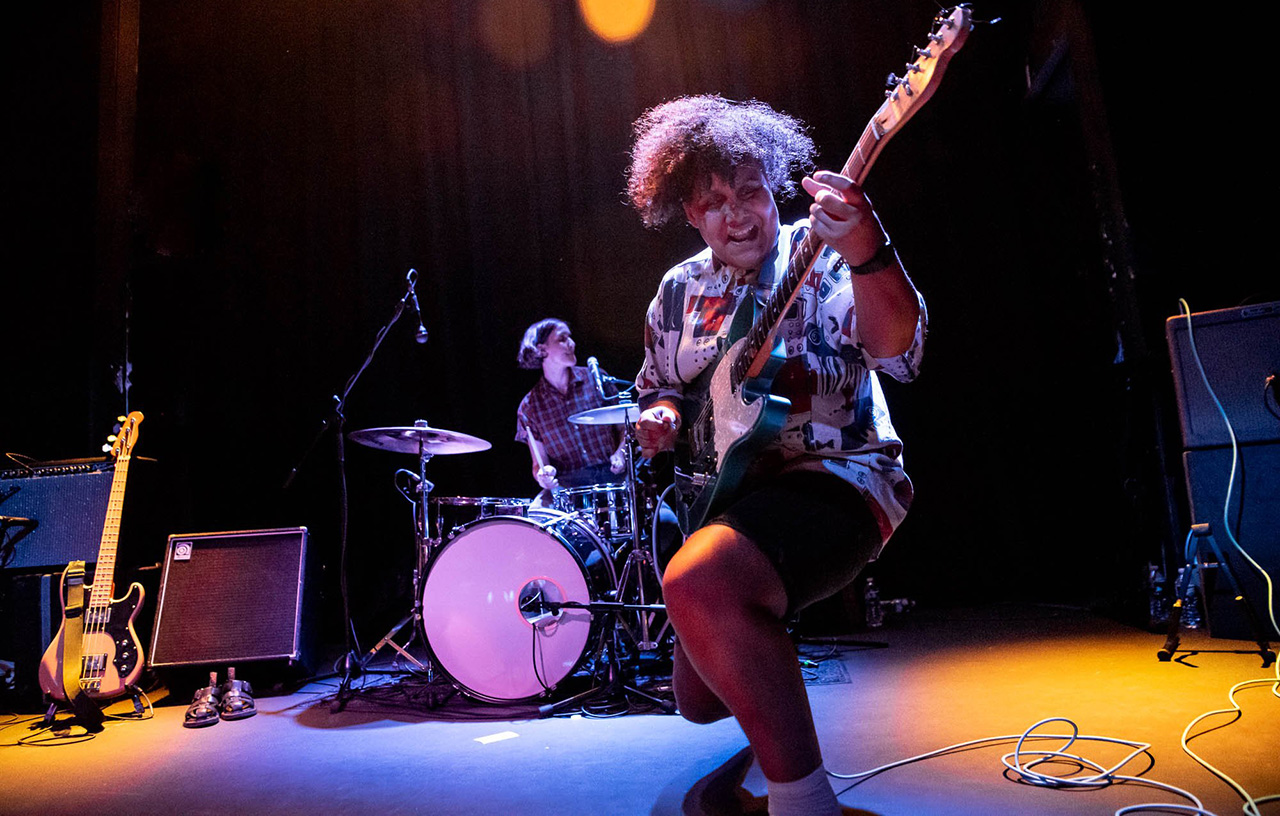
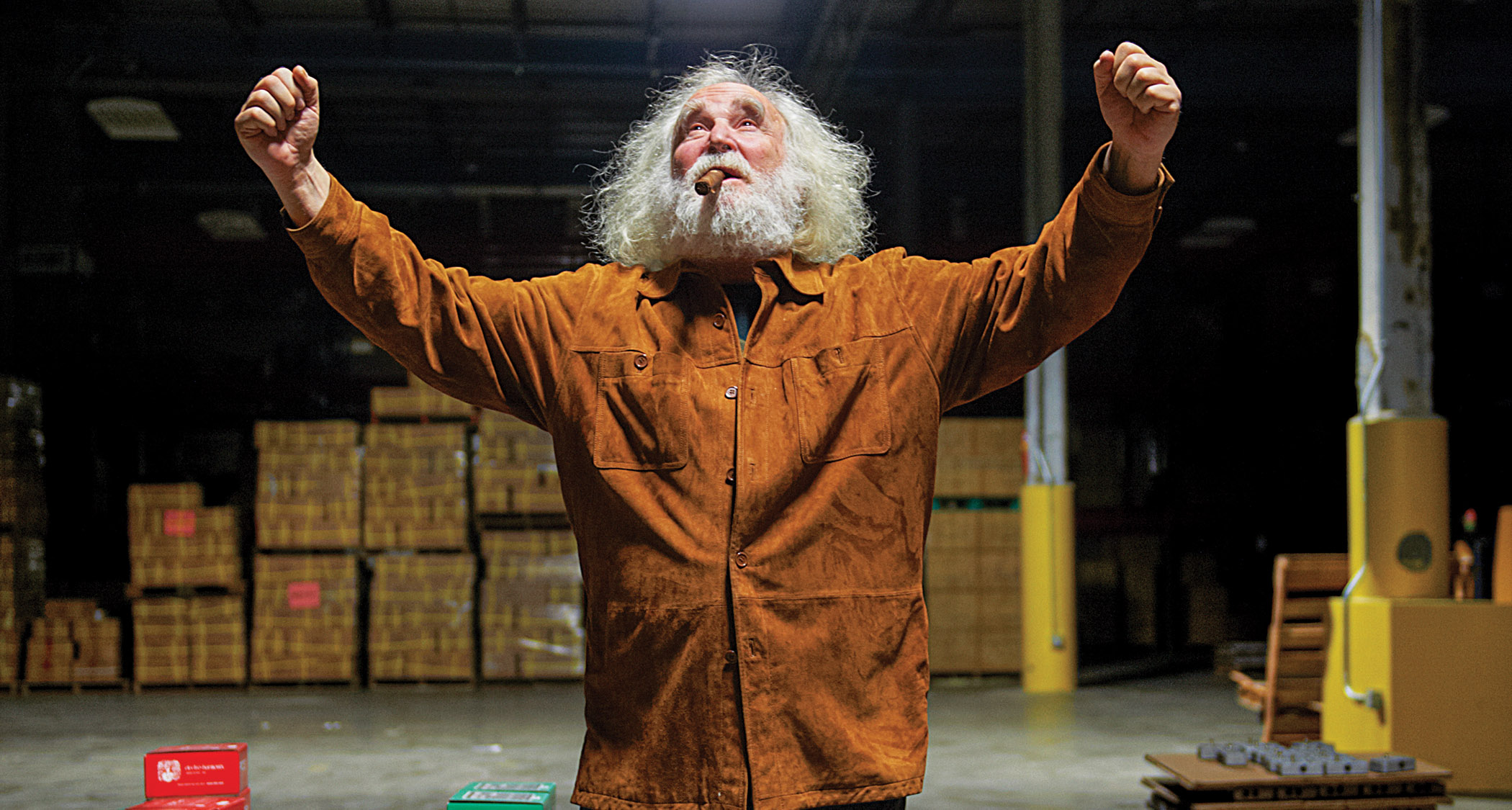
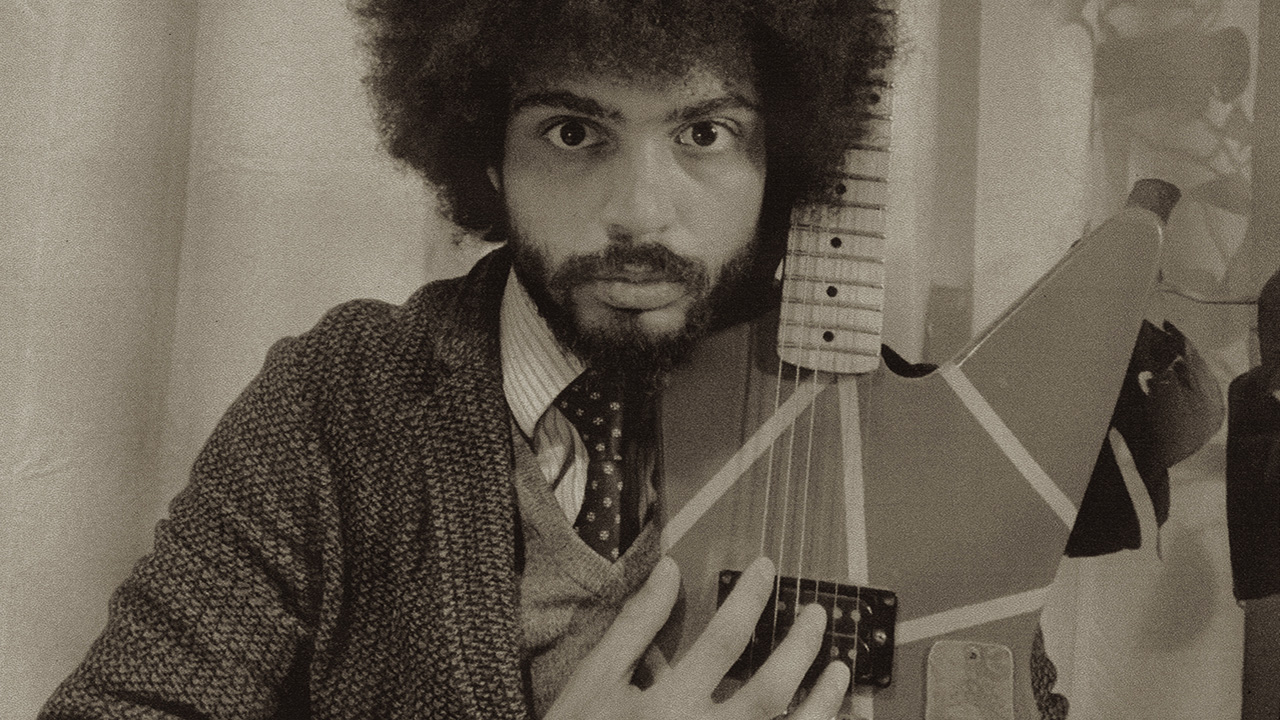
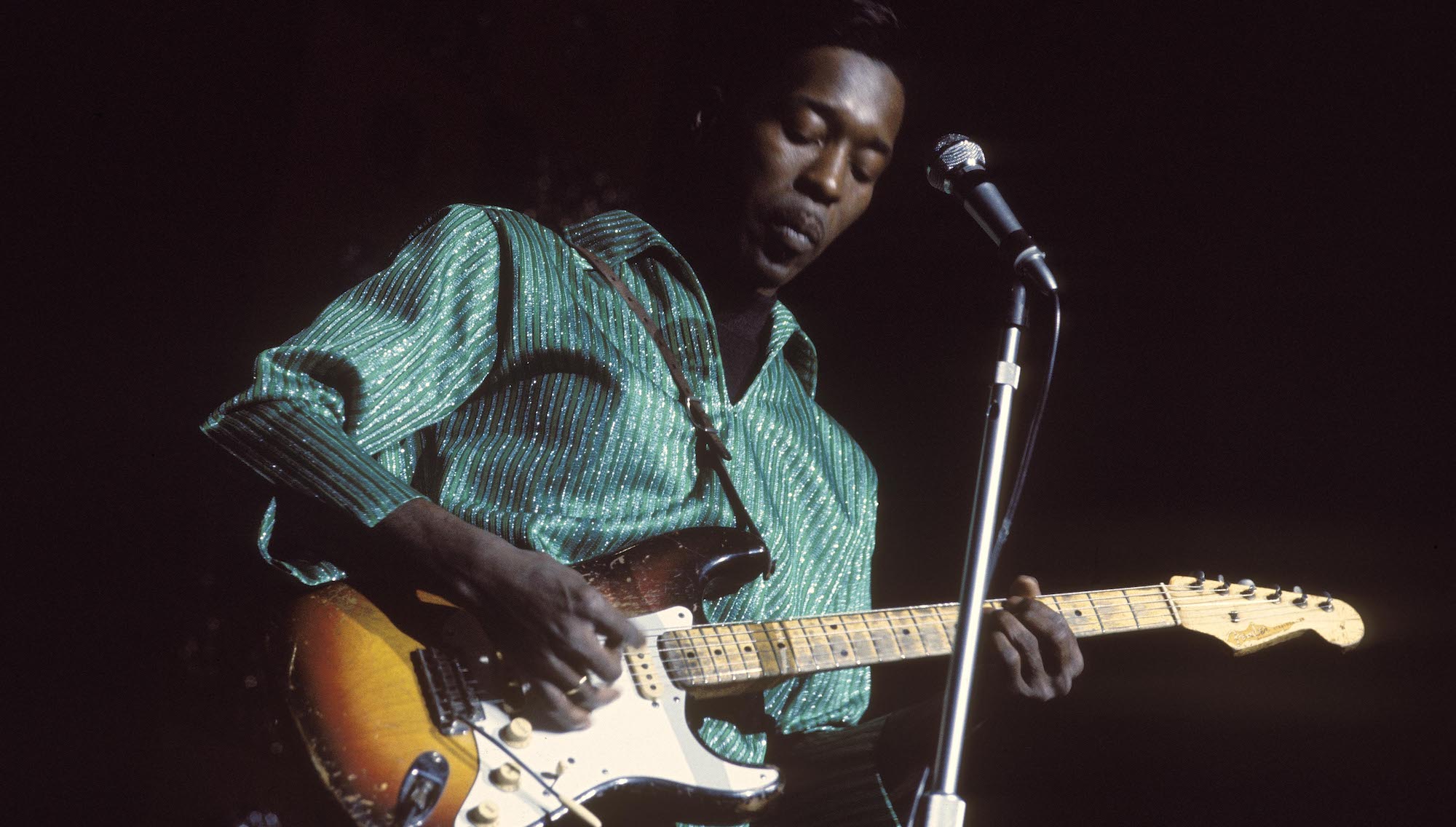
![[from left] George Harrison with his Gretsch Country Gentleman, Norman Harris of Norman's Rare Guitars holds a gold-top Les Paul, John Fogerty with his legendary 1969 Rickenbacker](https://cdn.mos.cms.futurecdn.net/TuH3nuhn9etqjdn5sy4ntW.jpg)
